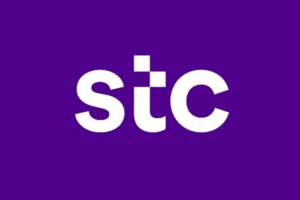David McQueen, Principal Analyst at Informa Telecoms & Media.
 The announcement of the Google Nexus 7 tablet is sure to ruffle a few feathers, notably its other OEM Android partners who also have 7” Android tablets in market. Aimed squarely at taking on Amazon’s Kindle Fire, the Nexus 7 is packed with high-spec hardware, including a quad-core processor, and the new Android v4.1 software, Jelly Bean, that is claimed to offer a faster, smoother and more consistent user experience. In combination with a number of applications optimised for the Nexus 7, including Youtube, and some bundled content out-of-the-box, the introductory $199 price point it is sure to bring a welcome shot in the arm for the Android platform in its effort to crack the tablet space. By also using this set of differentiators, notably price point and screen size, the Nexus 7 has positioned itself far enough away from the Apple iPad that it can grow volume in the segment and carve out significant market share, whilst also hopefully pulling its OEM partners along with it.
The announcement of the Google Nexus 7 tablet is sure to ruffle a few feathers, notably its other OEM Android partners who also have 7” Android tablets in market. Aimed squarely at taking on Amazon’s Kindle Fire, the Nexus 7 is packed with high-spec hardware, including a quad-core processor, and the new Android v4.1 software, Jelly Bean, that is claimed to offer a faster, smoother and more consistent user experience. In combination with a number of applications optimised for the Nexus 7, including Youtube, and some bundled content out-of-the-box, the introductory $199 price point it is sure to bring a welcome shot in the arm for the Android platform in its effort to crack the tablet space. By also using this set of differentiators, notably price point and screen size, the Nexus 7 has positioned itself far enough away from the Apple iPad that it can grow volume in the segment and carve out significant market share, whilst also hopefully pulling its OEM partners along with it.
Andrew Ladbrook, Senior Analyst at Informa Telecoms & Media.
Despite some very high specifications and a very attractive unique design, the Google Q device is underwhelming. The majority of the features on offer can already be found in Apple’s Airport express devices and Apple TV. It is also an ill fit into Google’s wider Android strategy; its high price point will depress sales reducing its role as compliment to the Android handsets. Consequently Google Q devices are unlikely to have the same lock in effect as Apple’s cheaper Airport express and Apple TV devices. It is particularly strange that the media sharing feature at the heart of Google Q has not in some form been pushed into Google TV, this could have been a real boon for the struggling TV OS. It is hard to say if this device marks the first of many Google devices, but if it does, it suggests that Google’s purchase of Motorola really is just the start of Google’s transformation into a hardware player.
May 7, 2025











